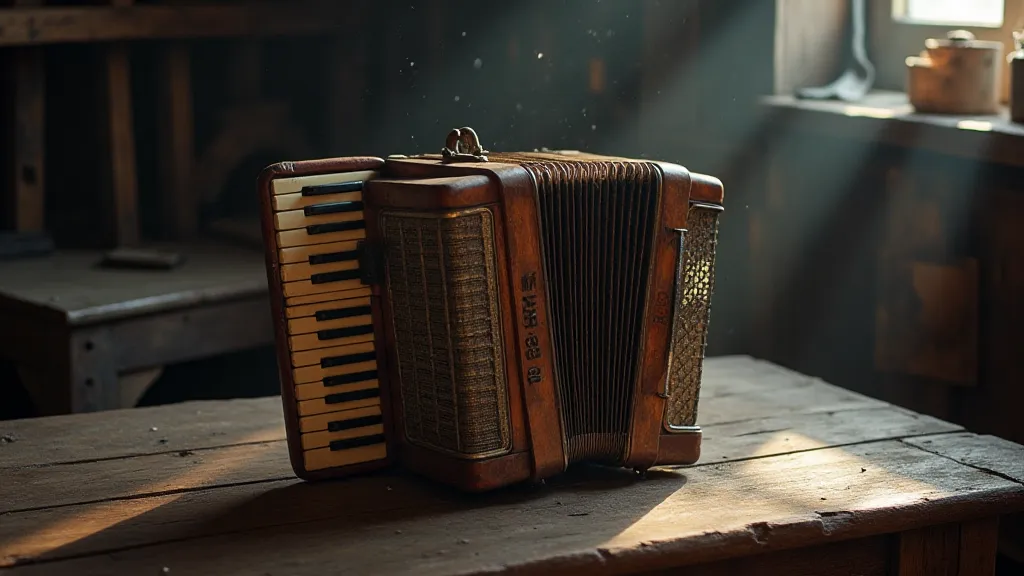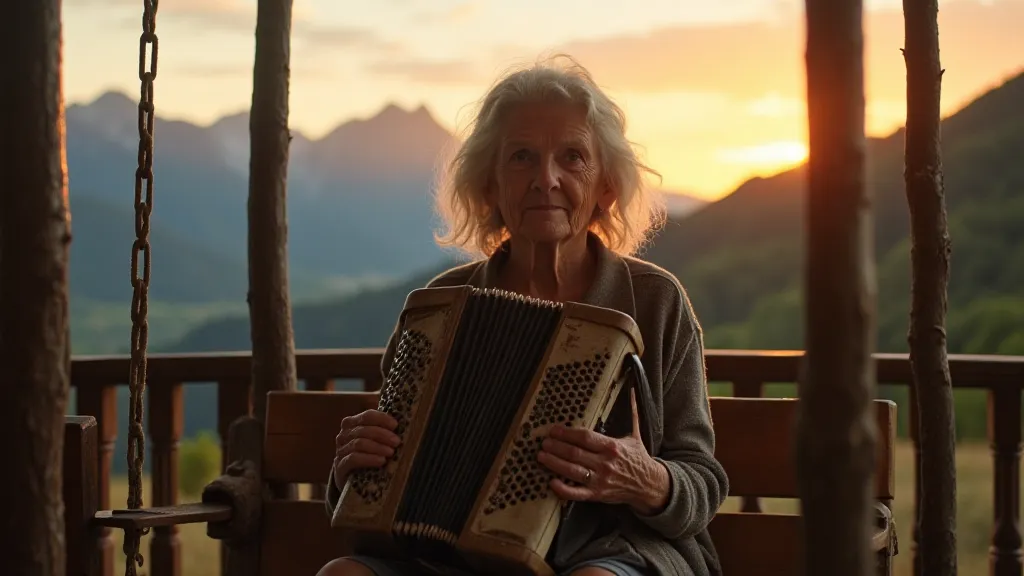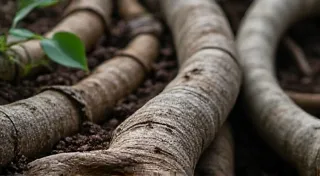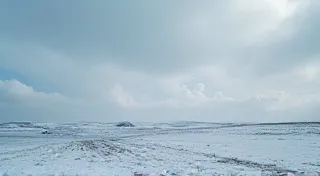Ripples in the Pool: The Influence of Scots-Irish on Appalachian Dialects
The mountains of Appalachia. They stand as ancient sentinels, guarding secrets whispered on the wind and etched into the very landscape. Those secrets aren't just about coal seams and timbered slopes; they're woven into the fabric of the language spoken here – a unique and fading tapestry of dialects, a linguistic echo of a past that feels both distant and profoundly close. For anyone familiar with Appalachian speech, there's a certain resonance, a feeling of something both familiar and undeniably old-world. Much of this unique quality can be traced back to the significant influence of the Scots-Irish immigrants who settled the region, beginning in the 18th century. Their language wasn't just a means of communication; it was a repository of culture, history, and a deeply ingrained sense of identity.

The Scots-Irish: More Than Just Immigrants
The term “Scots-Irish” itself can be a source of confusion. These weren't simply Scots or Irish; they were descendants of people who had migrated from Scotland and Northern Ireland to Ulster (present-day Northern Ireland) centuries before, often fleeing poverty and religious persecution. They brought with them a complex linguistic heritage – a blend of Gaelic, Scots, and English, further shaped by the conditions of their new lives in Ulster. When they then immigrated to Appalachia, they didn’t arrive as blank slates. They carried their language, their stories, and their worldview, planting seeds that would blossom into the distinctive dialects we hear today.
Linguistic Vestiges: A Treasure Trove of Words and Phrases
The impact on Appalachian speech is undeniable. Consider the prevalence of double negatives (“I don’t never seen nothin’ like it”), a grammatical structure far more common in Scots-Irish dialects than in standard American English. The use of "a-" prefixes on verbs ("a-huntin'," "a-pickin'") is another tell-tale marker of this influence. These aren't just quirky grammatical peculiarities; they’re linguistic echoes, fragments of a language system that was once spoken across a much wider geographical area.
Beyond grammar, the vocabulary itself bears witness to this heritage. Words like "poke" (meaning a bag), "holler" (meaning a small valley), and "branch" (meaning a stream) are all rooted in Scots-Irish terminology. Even seemingly simple words like "reckon" (meaning to think or suppose) carry a distinctive flavor that sets Appalachian speech apart. It's like uncovering layers of history with each carefully chosen word.
The Craft of Language: Echoes in Storytelling
It wasn't just the words themselves that were imported; it was also the *way* they were used. Scots-Irish storytelling traditions, characterized by vivid imagery, indirectness, and a love of narrative, permeated Appalachian culture. This manifests in the long, winding sentences common in Appalachian speech, often punctuated by pauses and repetitions. It’s a style that prioritizes emotional resonance over rigid adherence to grammatical rules. This style also lends itself beautifully to the preservation of oral history.
I remember my grandfather, a man of few words but with a storytelling gift that could captivate a room. He’s gone now, but I can still hear his voice, weaving tales of his youth in the mountains, his words imbued with a cadence and a richness that was undeniably shaped by the linguistic heritage he inherited. His stories weren’t just about events; they were about the feeling of being rooted in a particular place, connected to a long line of ancestors.
Isolation and Preservation: A Dialect in Transition
The geographical isolation of Appalachia played a crucial role in the preservation of these linguistic features. Surrounded by mountains and separated from mainstream American culture, Appalachian communities developed their own distinct identities, and their dialects evolved along unique trajectories. While contact with the outside world has inevitably led to some degree of linguistic change, many of the older forms have persisted, passed down through generations.

Beyond Words: A Cultural Tapestry
Understanding Appalachian dialects isn’t just about analyzing grammar and vocabulary; it’s about appreciating the cultural values that are embedded within them. These dialects represent a connection to the past, a sense of belonging, and a way of expressing identity that is both unique and deeply meaningful. The resilience of these dialects speaks to the enduring strength of Appalachian culture.
Think about the old accordions you find tucked away in attics and basements. They’ve seen generations come and go, played at dances and weddings, and served as a soundtrack to countless memories. Restoring one of these instruments isn’t just about repairing a machine; it’s about preserving a piece of history, honoring the craftsmanship of the original maker, and connecting with the people who played it.
The Future of the Dialect: Challenges and Hope
Like all dialects, Appalachian speech faces challenges in a rapidly changing world. Increased mobility, exposure to mainstream media, and the pressure to conform to standard English can all contribute to linguistic erosion. However, there’s also a growing awareness of the value of linguistic diversity, and efforts are being made to document and preserve Appalachian dialects before they disappear entirely.
The voices of Appalachia are a vital part of the American tapestry. By understanding the history and influences that have shaped these dialects, we can gain a deeper appreciation for the rich cultural heritage that they represent. We can also take steps to ensure that these voices continue to be heard for generations to come. Preserving these dialects is not about resisting change; it’s about recognizing the value of difference and celebrating the unique character of Appalachia.






